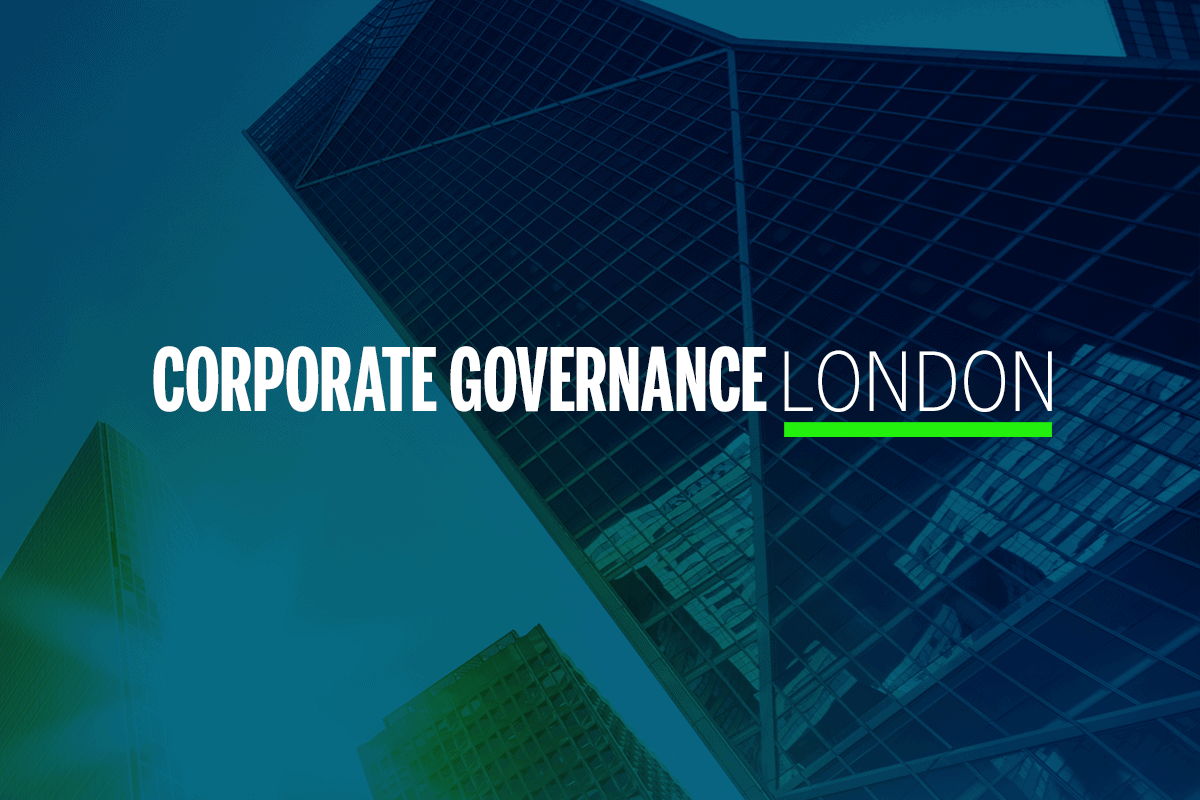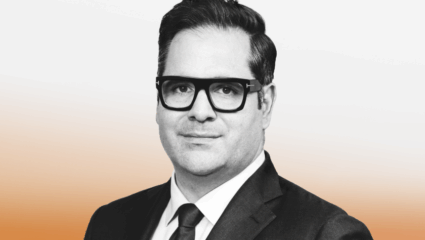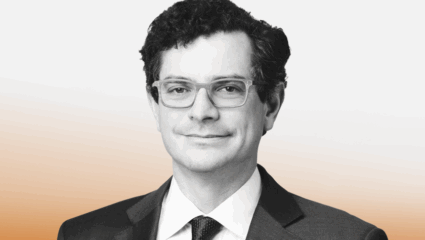CorpGov: Activists Avoid Limelight, Active Investors Less So

Activist investors and their campaigns to force change on reluctant company boards seem regularly to hit the headlines.
As recently as Monday, Feb. 24, Dan Loeb’s activist fund Third Point LLC, having built up a near 5% stake in the company, launched a campaign seeking to have U.K. insurer Prudential plc separate its Asian business from its U.S. operations.
Yet there was near unanimity among panelists at The Deal’s Corporate Governance Conference in London, Wednesday, Feb. 26, that activists prefer to work behind the scenes. Indeed, as Gianluca Ferrari, director at Shareholder Management AG put it: “If you see us in the newspapers, something has gone horribly wrong. We generally try to achieve everything behind closed doors the proper way.”
There are sound reasons for keeping a low profile, especially, but not exclusively, the cultural differences between the U.K. and Europe and the U.S., where many of the biggest and most voluble activists have built up years of experience and their own toolkit for engineering corporate change.
As Ele Klein, partner and co-chair of the Global Shareholder Activism Group at law firm Schulte Roth & Zabel LLP told The Deal in an interview, investors in the U.S. are often comfortable with more aggressive tactics than they would be in continental Europe or the U.K.
“As a result of that you are going to see a lot more behind the scenes activity and a higher percentage of things happening before you in with guns blazing, before you go public, before you run a proxy battle,” he said.
But other panelists, including proxy solicitor Cas Sydorowitz of Georgeson LLC and activist-turned-consultant John Armstrong Denby pointed to other reasons — it is often quicker, cheaper and more profitable for activists, who are value investors and primary goal is to make money for their own investors, to interact constructively with managements wherever possible, than to go public, hire external advisers for a proxy fight and risk the damage to their own reputations if they lose.
“Proxy fights are a last resort,” said Sydorowitz.
It is not always obvious, when an activist campaign does explode onto the public stage, exactly when it began working on a position, or how much the company knew about its approach.
Shares can be held via derivatives which makes the holder much harder to identify, although — as was pointed out to one company director — companies and their brokers should be monitoring continuously for movements in the shareholder register. They should have a good inkling well in advance that something may be coming down the pike, even if it does not yet have a name.
Moreover, discussions between the activist and the board may have been going on for months before the activist loses patience and goes public.
Even in the case of Third Point’s lunge at Prudential, all that is publicly known is that the insurance company acknowledged receipt of a letter and said it looked forward to engaging with the activist “with regard to the views outlined in its letter.” Other views may — or may not — have been discussed privately beforehand and matters settled without fanfare.
Yet there are also occasions when an activist may benefit from a little publicity. Especially in the U.K., where stringent rules apply about what constitutes a concert party, an activist must try walk a fine line between actively going out to attract support from a target’s largest shareholders and making enough noise with its approach to ensure that others notice and independently make their own dissatisfaction with a target felt.
If a regulator decides that investors have been acting together with an activist instead of nodding approvingly while looking the other way, a carefully prepared acquisition of just below the threshold for being required to revealing a holding in a company — a 3% stake in the U.K. — could suddenly mean disclosure is required.
There are also different grades of activism and engagement to be considered and what those differences might mean for an approach. As Sydorowitz pointed out, an activist fund will likely hold only a few chosen stakes in companies where it is paid to generate change over a period of several years, while an active investor may have hundreds, or thousands of holdings, which it has selected according to a particular strategy or strategies for increasing the value of its portfolio.
In the past, an active investor might simply have bought and sold shares without publicity, according to its assessments at the time. Now such funds are under increasing pressure to distinguish themselves from a growing herd of passive investors and justify their higher management fees. There will be times when it pays them to go public with a dissident view or support the views of an activist that has already gone public about a campaign at one of its stocks.
And then there is the third category, the index fund managers such as BlackRock Inc. (BLK), Vanguard Group Inc. and State Street Corp. (STT) which own virtually every stock on the world’s main markets and have in the past been seen as having little leverage over individual company behavior, since they are not in a position to divest. Just recently both BlackRock and State Street have let it be known that they will vote against directors in uncontested elections at companies that do not meet their standards on environmental, social or governance standards.
Even without a vote, public criticism by such big funds can damage a company’s reputation. The big funds have come under pressure themselves to show they are not merely passive, so a little muscle flexing can go a long way to silence their own critics
To drive the point home, BlackRock recently singled out German engineering company Siemens AG over what Sydorowitz described as a “tiny” contract worth $18 million, providing rail signal services at the Adani Group’s $2 billion Carmichael coal mine in Australia. The contract had become a lightning rod for environmental protesters, but Siemens chose not to pull out. Following Siemens’ annual general meeting of shareholders on Feb. 5, where BlackRock voted in favor of all management resolutions, the fund-manager rebuked the German company for failing to fully consider the risks of the investment and said Siemens needed “a more thorough review of the potential risks, including ESG risks, presented by future projects.”
The statement laid BlackRock open to accusations of “greenwashing” by environmentalists, but did show that such huge investors will be ready to criticize publicly in future. And because the environmental part of the “environmental, social and governance” trio will usually be the easiest (and for the critic, most eye-catching) target for such interventions, it is likely to be the focus of future campaigns.
Editor’s note: The original version of this article was published earlier on The Deal’s premium subscription website. For access, log in to TheDeal.com.



